HRSG Bypass CFD: A Tutorial on Forney Diverter Damper Simulation
HRSG Bypass CFD: A Tutorial on Forney Diverter Damper Simulation
- Upon ordering this product, you will be provided with a geometry file, a mesh file, and an in-depth Training Video that offers a step-by-step training on the simulation process.
- For any more inquiries regarding the product, please do not hesitate to reach out to us at info@CFDLAND.com or through our online support assistant.
€160 Original price was: €160.€110Current price is: €110.
A Forney diverter damper is like a giant traffic cop for hot gas inside a power plant. It is a big, strong door inside a pipe that tells the gas where to go. It can send the hot gas to a machine that makes more power (a Heat Recovery Steam Generator or HRSG), or it can send it straight out of a chimney. Being able to switch the gas path quickly helps the power plant save energy and money. This control is very important for making sure the plant runs well and doesn’t pollute the air too much. Our Forney Diverter Damper CFD study uses computer simulation to see exactly how the gas moves inside this important piece of equipment.
- Reference [1]: Yusoff, Mohd Zamri, and Zainul Asri Mamat. “Computational fluid dynamics simulations of flows and pressure distributions in a 96 mw combined cycle diverter damper.” J Indus Technol14 (2005): 87-96

Figure 1: Schematic of a Forney Diverter Damper, a key component in HRSG bypass systems.
Simulation Process: CFD Modeling, the Forney Diverter in Fluent
To create our Forney Diverter Damper Fluent simulation, we first built the 3D shape of the damper system. We then filled this shape with a high-quality mesh using ANSYS Fluent Meshing. The final mesh was made of smart polyhedral cells and had a total of 2,418,936 elements. Using so many cells helps us get a very accurate answer. We then set up the problem in the Fluent solver to model the steady flow of air through the damper, which allows us to see how it will perform under normal operating conditions.

Figure 2: The 3D geometry and polyhedral mesh used for the Forney Diverter CFD analysis.
Post-processing: CFD Analysis, Visualizing Pressure and Velocity in the Flow Field
The simulation results give us a beautiful picture of the invisible forces at work inside the damper. The pressure map below tells a story about pushing and pulling. On the left side, where the gas enters, we see higher pressure (colored orange and red, up to 310 Pa). This pressure acts like a gentle hand, pushing the gas through the system. As the gas flows through the damper and toward the exit on the right, the pressure drops much lower (colored green and blue, down to -140 Pa). This pressure difference between the start and the end is the engine that drives the entire flow.
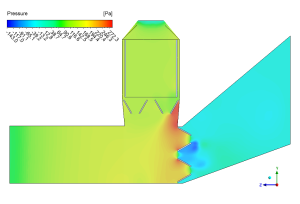
Figure 3: Pressure distribution from the Diverter Damper CFD simulation, showing pressure drop across the vanes.
Now, let’s look at the speed of the gas. The velocity map shows an amazing journey. In the large open chamber, the gas moves very slowly and calmly, at speeds less than 5 m/s. But as the gas is forced to squeeze through the narrow gaps between the damper’s flat plates (vanes), it suddenly speeds up like a race car, reaching about 22 m/s. Our simulation perfectly captures these fast-moving zones. This is where the Forney design is so clever. Instead of one big door, it uses several smaller vanes to control the flow more gently and spread out the high speeds. The most important achievement of this simulation is successfully demonstrating how the multi-vane design of the Forney damper effectively controls a high-volume gas stream, managing pressure drop and high-velocity zones to ensure the system operates safely and efficiently without creating damaging vibrations or wear.
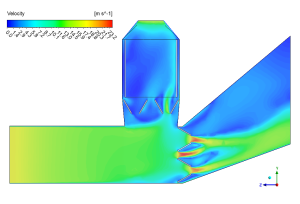
Figure 4: Velocity field from the Forney Diverter Fluent analysis, highlighting flow acceleration between the damper vanes.
We pride ourselves on presenting unique products at CFDLAND. We stand out for our scientific rigor and validity. Our products are not based on guesswork or theoretical assumptions like many others. Instead, most of our products are validated using experimental or numerical data from valued scientific journals. Even if direct validation isn’t possible, we build our models and assumptions on the latest research, typically using reference articles to approximate reality.
Yes, we’ll be here . If you have trouble loading files, having technical problems, or have any questions about how to use our products, our technical support team is here to help.
You can load geometry and mesh files, as well as case and data files, using any version of ANSYS Fluent.
€145 Original price was: €145.€115Current price is: €115.

€240 Original price was: €240.€125Current price is: €125.

€165 Original price was: €165.€125Current price is: €125.

€180 Original price was: €180.€99Current price is: €99.

€205 Original price was: €205.€155Current price is: €155.

€190 Original price was: €190.€155Current price is: €155.














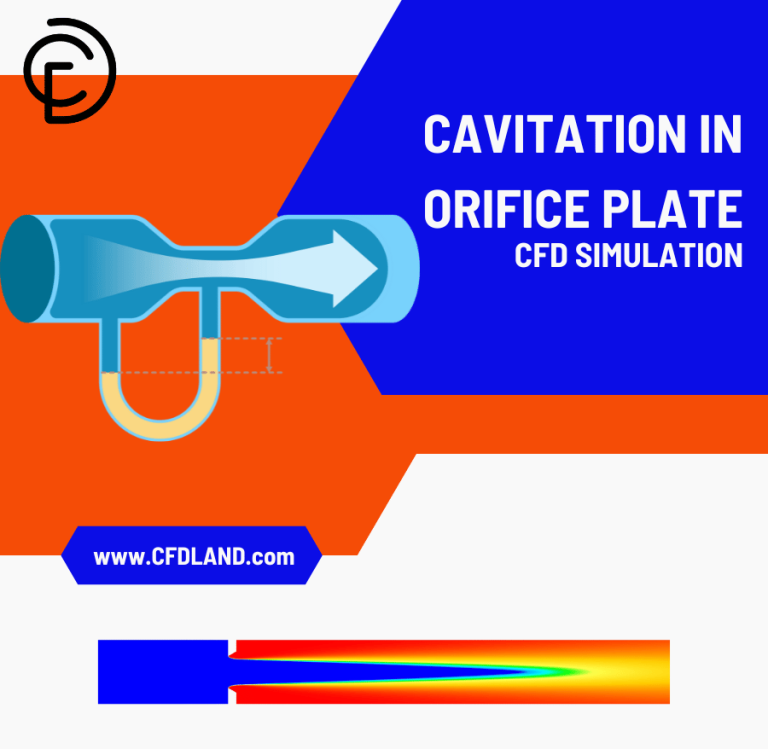
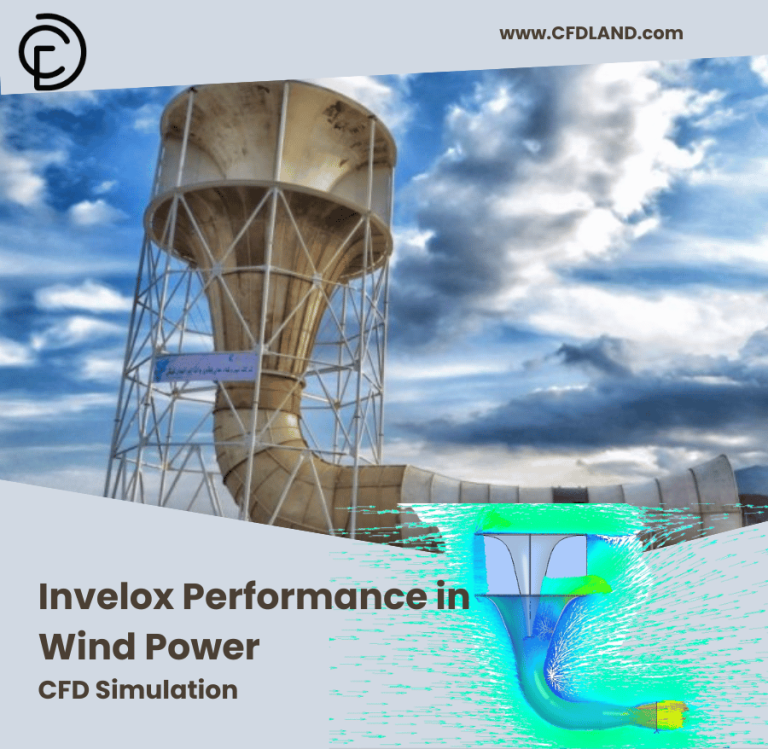

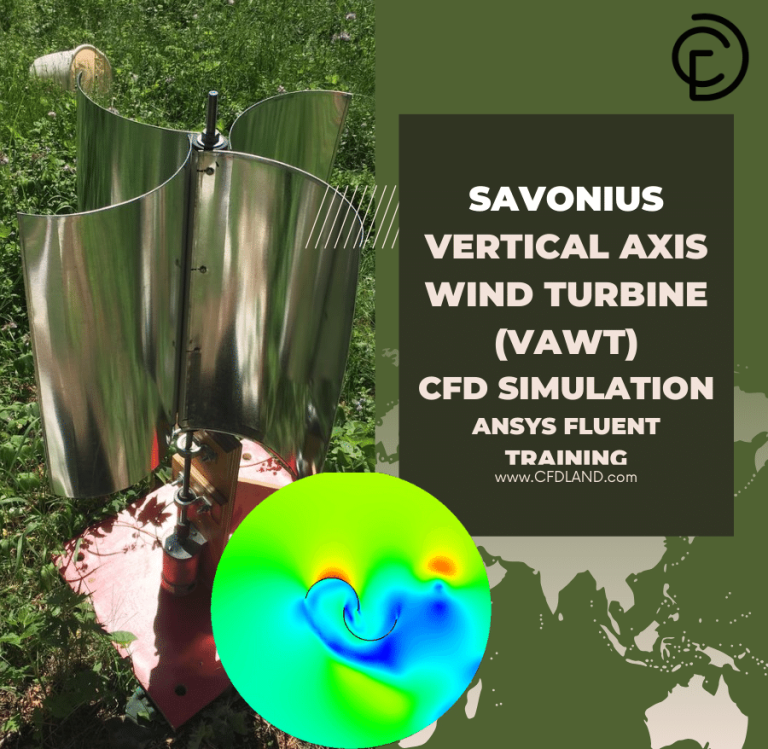
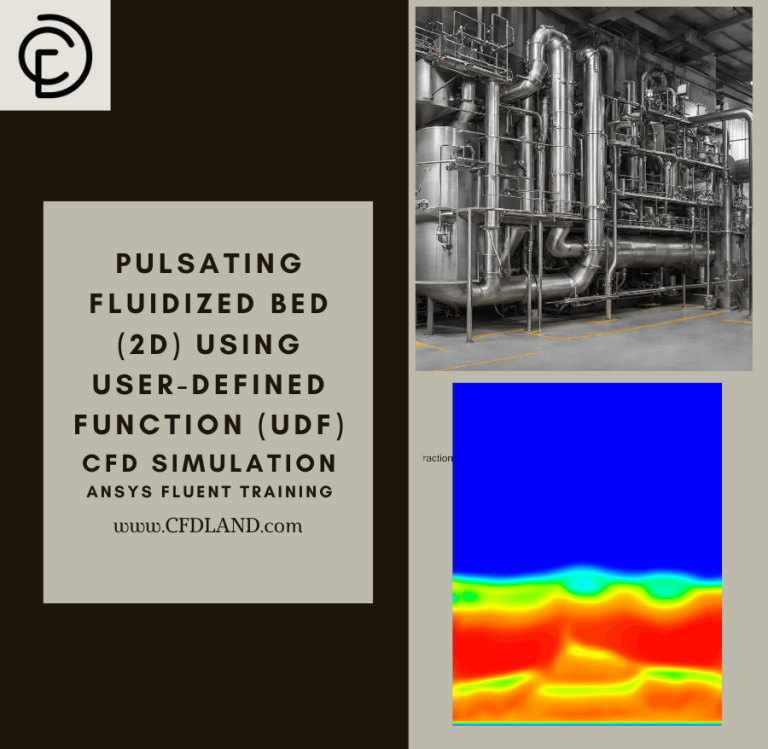

Reviews
There are no reviews yet.